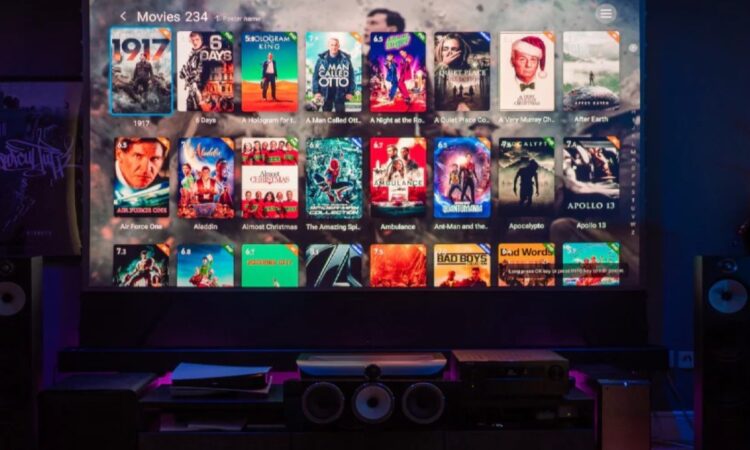
Creating a true cinematic experience at home begins with understanding the technical specifications that separate ordinary projectors from exceptional ones. While flashy marketing terms might catch your eye, it’s the core specifications that ultimately determine whether your projector can deliver that coveted theater-quality experience.
The Foundation of Picture Quality
Resolution remains the most visible specification, with true 4K Ultra HD projectors offering four times the detail of Full HD models. However, not all 4K is created equal – some models use pixel-shifting technology to achieve near-4K quality at more accessible price points. For serious cinephiles, native 4K resolution with support for HDR10+ or Dolby Vision provides the most authentic movie-watching experience.
Brightness, measured in ANSI lumens, must be carefully matched to your viewing environment. A projector with 2,000-2,500 lumens works beautifully in light-controlled spaces, while brighter rooms may require 3,000+ lumens models. The best projector for home theater use balances sufficient brightness with excellent contrast performance.
Contrast and Color Performance
Dynamic contrast ratio specifications can be misleading, as they often represent laboratory conditions rather than real-world performance. More meaningful is the native contrast ratio, with premium home theater projectors typically offering 10,000:1 or higher for truly cinematic black levels.
Color reproduction is equally crucial, with the best models covering at least 90% of the DCI-P3 color space used in commercial cinemas. Look for projectors with accurate color presets that have been professionally calibrated out of the box, saving you from complex calibration procedures.
The Audio-Visual Connection
Modern home theater projectors should include HDMI 2.1 ports to support 4K/120Hz signals for next-generation gaming consoles and high-frame-rate content. HDCP 2.3 compliance ensures compatibility with the latest 4K Blu-ray players and streaming devices.
Input lag has become increasingly important, with serious gamers needing models that can achieve 16ms or lower at 1080p resolution. Many projectors now include dedicated gaming modes that optimize both response time and image quality.
The Light Source Revolution
The shift from traditional lamps to solid-state light sources represents one of the most significant advancements in projection technology. Laser projectors in particular offer numerous advantages, including instant on/off capability, consistent brightness over time, and lifespans exceeding 20,000 hours. This technology eliminates the gradual dimming and frequent bulb replacements associated with lamp-based models.
Future-Proofing Your Investment
Consider projectors with upgradable firmware to ensure compatibility with emerging standards and formats. Some high-end models even offer modular designs that allow for future light source or processing upgrades. While these features may increase initial costs, they can significantly extend the usable lifespan of your investment.
Smart features should complement rather than compromise the core projection quality. Built-in streaming apps can be convenient, but often become outdated faster than the projector itself. Many enthusiasts prefer using external streaming devices for this reason.
Making the Right Choice
Ultimately, the perfect home theater projector depends on your specific space, budget, and viewing preferences. A dedicated cinema room with complete light control has different requirements than a multipurpose living space. By focusing on these essential specifications rather than marketing hype, you’ll be better equipped to select a projector that delivers years of viewing pleasure.
Remember that even the most technically advanced projector benefits from proper setup and calibration. Many premium retailers offer professional installation services that can help you achieve optimal performance from your new home theater centerpiece.






